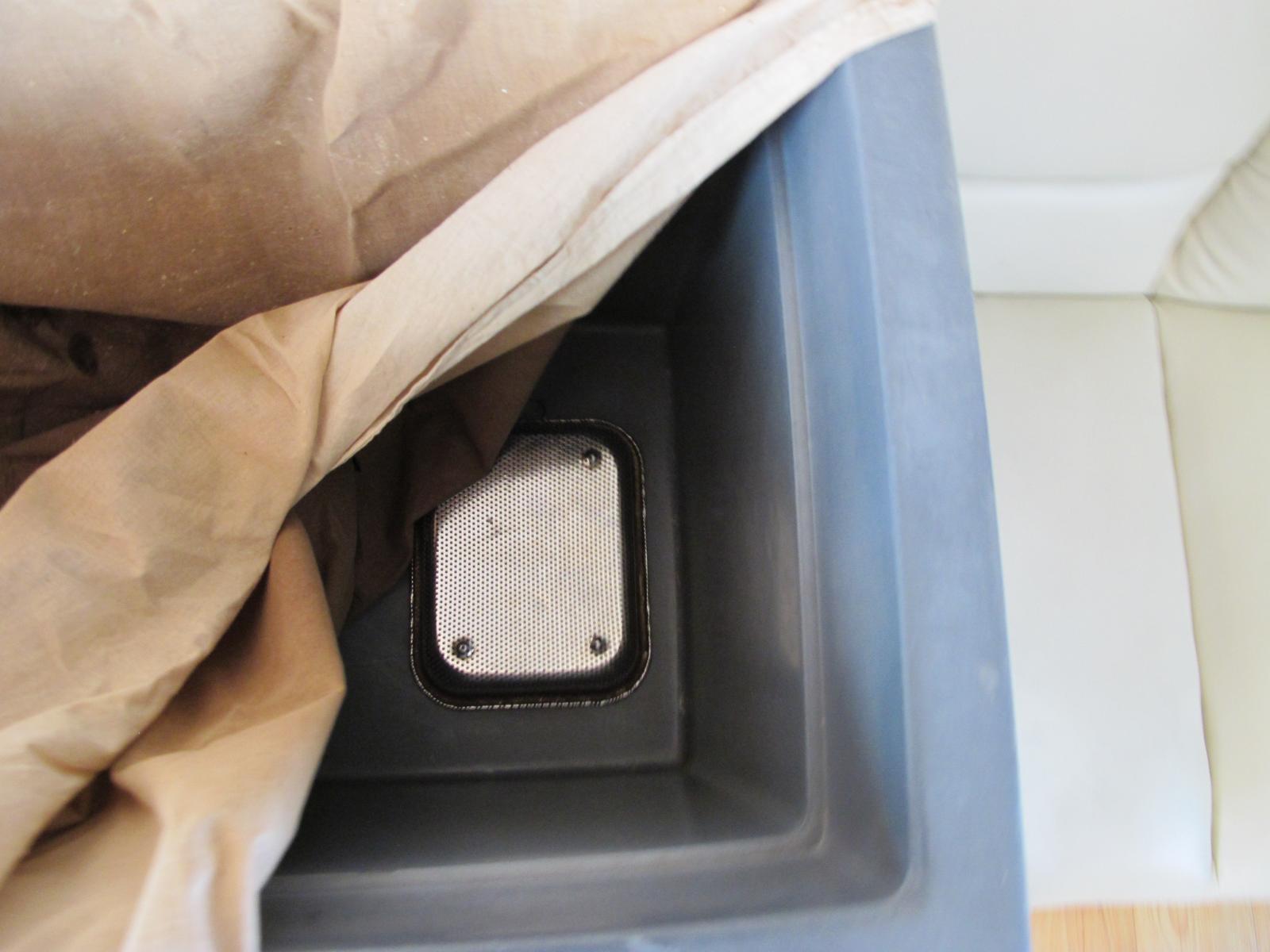SmokeyMcBong
Well-Known Member
Hey all,
I've never done an all grain batch before, only extract. I have used steeping grains before and on my last beer (an oatmeal stout), I had to steep some grains to convert the starch to sugar. With that being said, I found a 7 gallon gaterade cooler like this one:

on kijiji for not too much. I'm gonna turn it into a mash tun and I had a few questions about the whole deal.
I've watched a ton of tun videos on youtube and have seen manifolds made from copper pipe, plastic pipe and the outer sheath of a plumbing flex connector. What are the pros/cons of either of these systems?
Also, I've seen people using copper, brass, stainless steel and even what appeared to be galvanized on the inside of the tun (in contact with the mash). Does it matter what metal my washers, pipes, barbs, and ball valve are made from?
And lastly, how much grain will I be able to mash in my 7 gallon cooler? I've read that a 5 gallon tun can mash enough grain for a 5 gallon batch of 1.065 OG so what kinda gravities will I be able to accomplish with a 7 gallon tun?
Thanks in advance!!
I've never done an all grain batch before, only extract. I have used steeping grains before and on my last beer (an oatmeal stout), I had to steep some grains to convert the starch to sugar. With that being said, I found a 7 gallon gaterade cooler like this one:

on kijiji for not too much. I'm gonna turn it into a mash tun and I had a few questions about the whole deal.
I've watched a ton of tun videos on youtube and have seen manifolds made from copper pipe, plastic pipe and the outer sheath of a plumbing flex connector. What are the pros/cons of either of these systems?
Also, I've seen people using copper, brass, stainless steel and even what appeared to be galvanized on the inside of the tun (in contact with the mash). Does it matter what metal my washers, pipes, barbs, and ball valve are made from?
And lastly, how much grain will I be able to mash in my 7 gallon cooler? I've read that a 5 gallon tun can mash enough grain for a 5 gallon batch of 1.065 OG so what kinda gravities will I be able to accomplish with a 7 gallon tun?
Thanks in advance!!






















































![Craft A Brew - Safale S-04 Dry Yeast - Fermentis - English Ale Dry Yeast - For English and American Ales and Hard Apple Ciders - Ingredients for Home Brewing - Beer Making Supplies - [1 Pack]](https://m.media-amazon.com/images/I/41fVGNh6JfL._SL500_.jpg)












